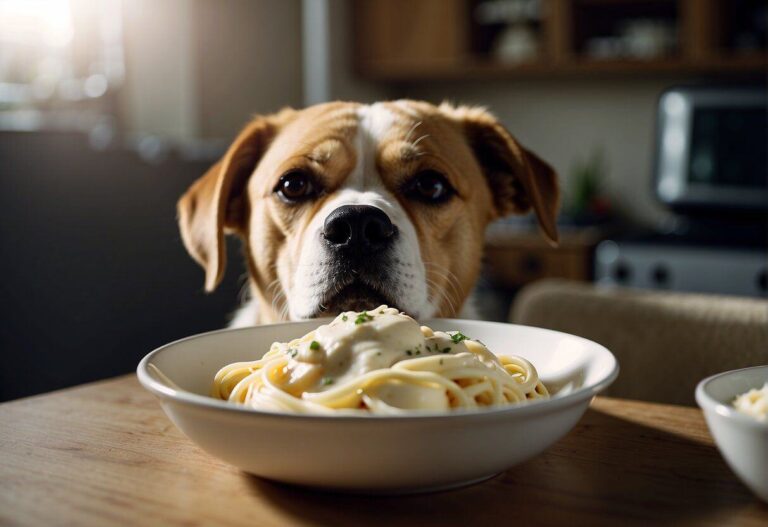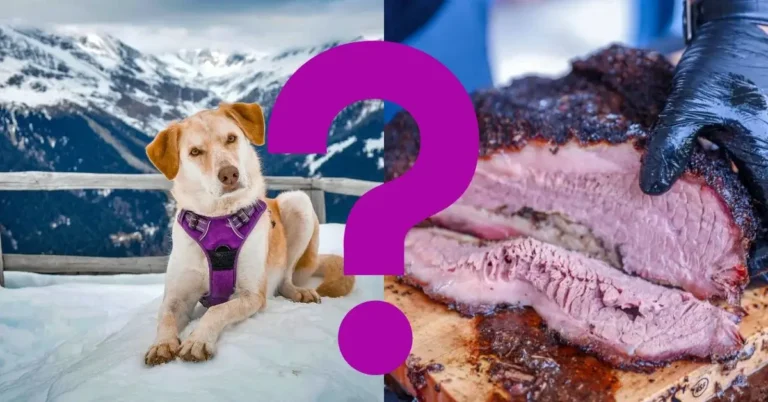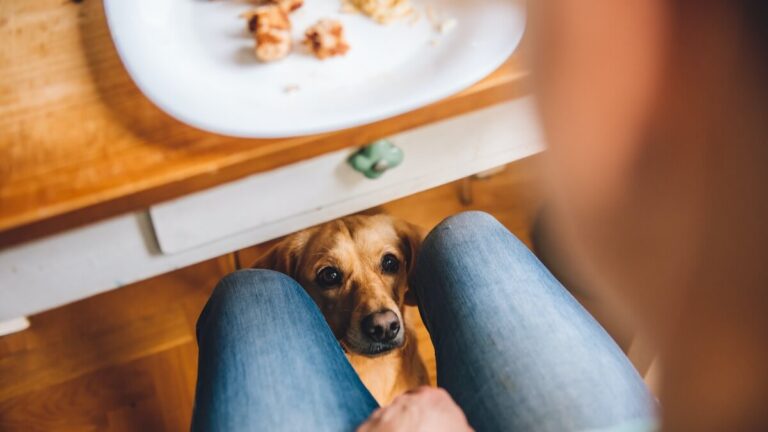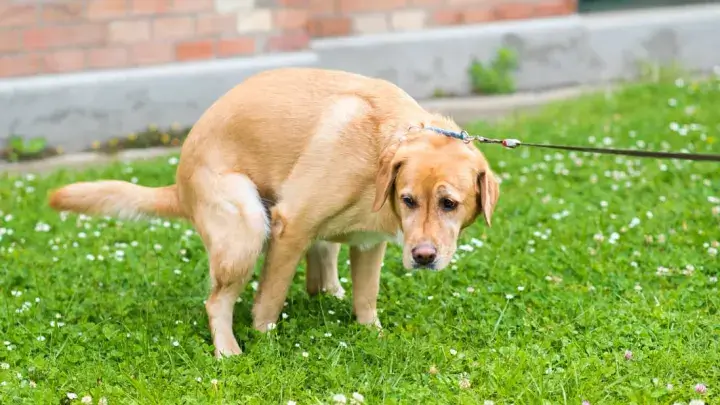Everything You Need to Know About Dog Dewclaws
Dewclaws are a fascinating yet often misunderstood part of a dog’s anatomy. Located on the inner side of a dog’s leg, these small, thumb-like structures play a unique role in your pet’s life. Understanding dewclaws can help you provide better care for your dog, ensuring their overall health and well-being.
Contents
What Are Dewclaws?
Dewclaws are vestigial digits found on the paws of many mammalian species, including dogs. They are analogous to human thumbs and are typically located higher on the leg compared to the rest of the dog’s toes.
Types of Dewclaws
- Front Dewclaws: Present on the front legs of most dogs.
- Rear Dewclaws: Found on the hind legs of some breeds.
- Double Dewclaws: Certain breeds, like the Great Pyrenees, may have two dewclaws on the same paw.
The Purpose of Dewclaws

Despite being a subject of debate, dewclaws serve several important functions:
- Grip and Traction: Dewclaws help dogs maintain stability while running, especially during sharp turns.
- Climbing and Digging: In breeds that perform specific tasks like climbing or digging, dewclaws can provide additional support.
- Self-Grooming: Some dogs use their dewclaws to scratch or clean areas they can’t reach with their other toes.
Should Dewclaws Be Removed?
The decision to remove dewclaws should be made carefully, considering the specific needs and health of your dog.
Reasons for Removal
- Injury Prevention: Active dogs or those involved in certain activities may be more prone to dewclaw injuries.
- Breed Standards: Some breed standards require dewclaw removal for show purposes.
When Removal is Necessary
- Medical Conditions: Dewclaws that are loose or malformed may need to be removed to prevent recurring injuries.
- Severe Injuries: In cases where dewclaws are severely damaged, removal might be the best option.
Breed-Specific Considerations
Certain breeds, like the Great Pyrenees, rely on their double dewclaws for stability and function, making removal less common in these dogs.
Common Dewclaw Injuries
Dewclaws can be susceptible to various injuries, which can be painful and affect your dog’s mobility.
Types of Injuries
- Torn Dewclaws: This can occur if the dewclaw catches on something.
- Infections: Often a result of untreated wounds or poor hygiene.
- Ingrown Nails: Caused by lack of regular trimming.
Symptoms and Identification
- Limping: Your dog may favor one leg.
- Swelling and Redness: Indicates infection or injury.
- Licking or Chewing: Your dog may obsessively lick or chew the area.
Treatment and Care for Dewclaw Injuries
Immediate care and proper treatment are crucial for dewclaw injuries.
Immediate First Aid
- Clean the Area: Use antiseptic solutions to prevent infection.
- Bandage the Wound: Protect the area with a clean bandage to prevent further injury.
Veterinary Intervention
- Professional Examination: Always consult a vet for severe injuries.
- Antibiotics: Prescribed for infections.
- Surgical Removal: This may be necessary for severely damaged dewclaws.
Recovery Process
- Follow-up Care: Regular vet visits to monitor healing.
- Pain Management: Administer prescribed pain relief as directed.
Dewclaw Maintenance
Regular care can prevent many dewclaw-related issues.
Regular Trimming and Grooming
- Nail Trimming: Keep dewclaws trimmed to avoid overgrowth and ingrown nails.
- Check for Injuries: Regularly inspect dewclaws for any signs of injury or infection.
Preventative Care Tips
- Use Proper Tools: Invest in quality nail trimmers.
- Establish a Routine: Incorporate dewclaw care into your regular grooming routine.
Myths and Misconceptions About Dewclaws
Many myths surround dewclaws, leading to unnecessary removals or neglect.
Debunking Common Myths
- Myth: Dewclaws are useless. Fact: Dewclaws serve several functional purposes.
- Myth: All dewclaws should be removed. Fact: Not all dogs need their dewclaws removed; it depends on individual cases.
Expert Opinions
Veterinary experts agree that dewclaws should not be removed unless medically necessary, as they can play a critical role in a dog’s daily activities and overall health.
Frequently Asked Questions
Can dewclaws grow back?
If surgically removed, they typically do not grow back. However, incomplete removal can sometimes result in regrowth.
Are dewclaws prone to arthritis?
Dewclaws can develop arthritis, especially in older dogs, so monitoring and regular vet check-ups are essential.
Conclusion
Dewclaws, while often overlooked, are an important part of your dog’s anatomy. By understanding their purpose, how to care for them, and when removal might be necessary, you can ensure your dog remains healthy and happy. Regular maintenance and prompt attention to injuries can prevent many common problems associated with dewclaws, making them less of a mystery and more of a manageable aspect of your dog’s overall care.
- Golden Retriever Pros and Cons: What Every Pet Parent Should Know - 15 September 2025
- Cane Corso Dog Breed: Health, Care, and Lifespan - 14 September 2025
- Catahoula Leopard Dogs: Description, Temperament, Lifespan, & Facts - 21 July 2025







